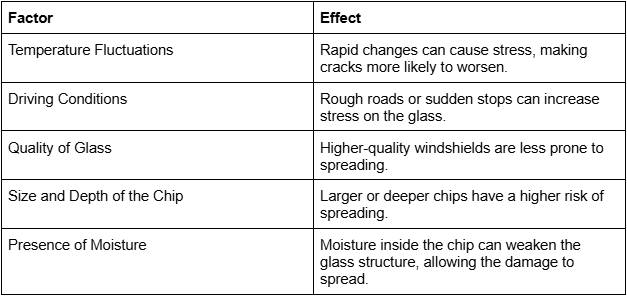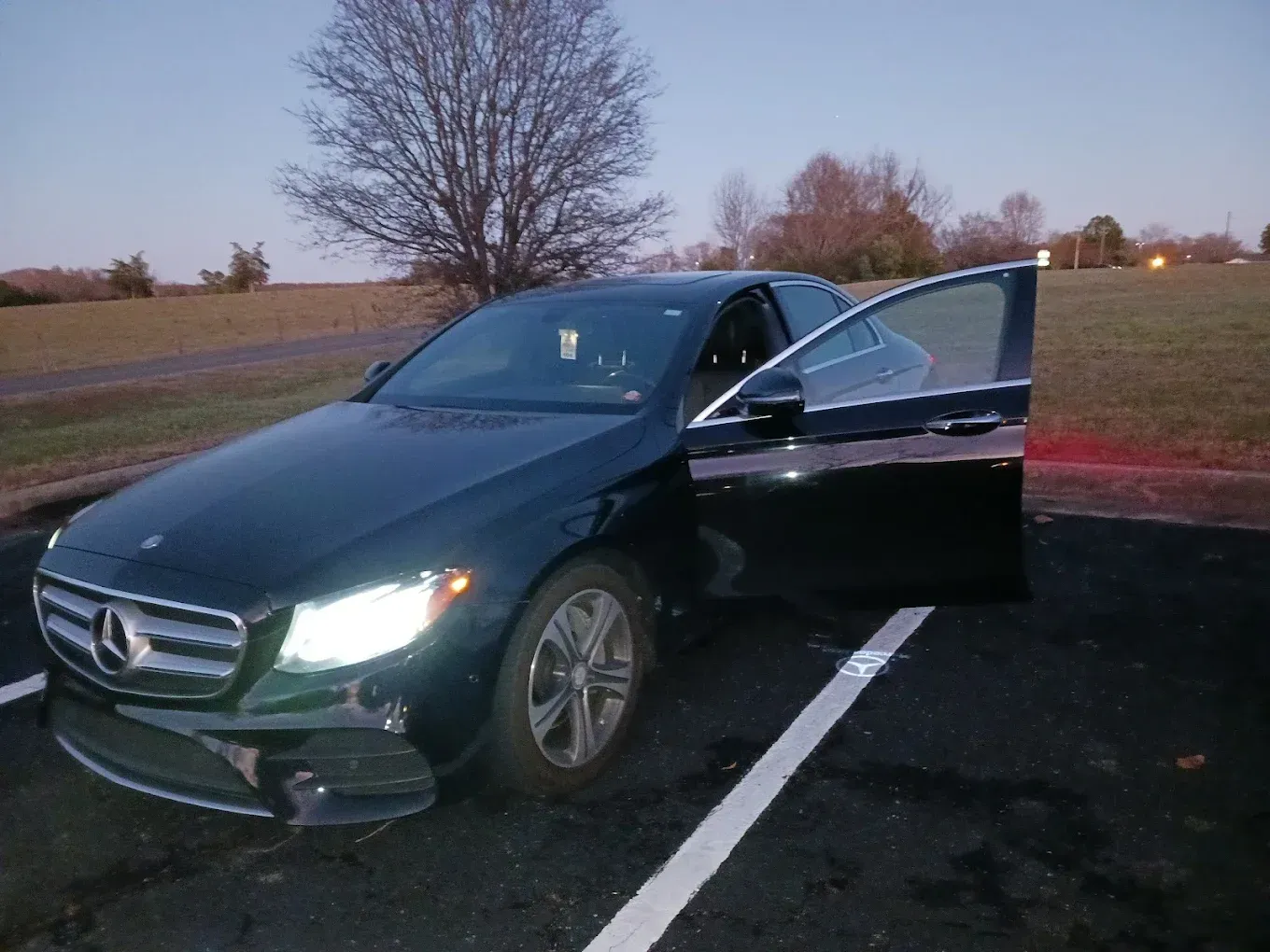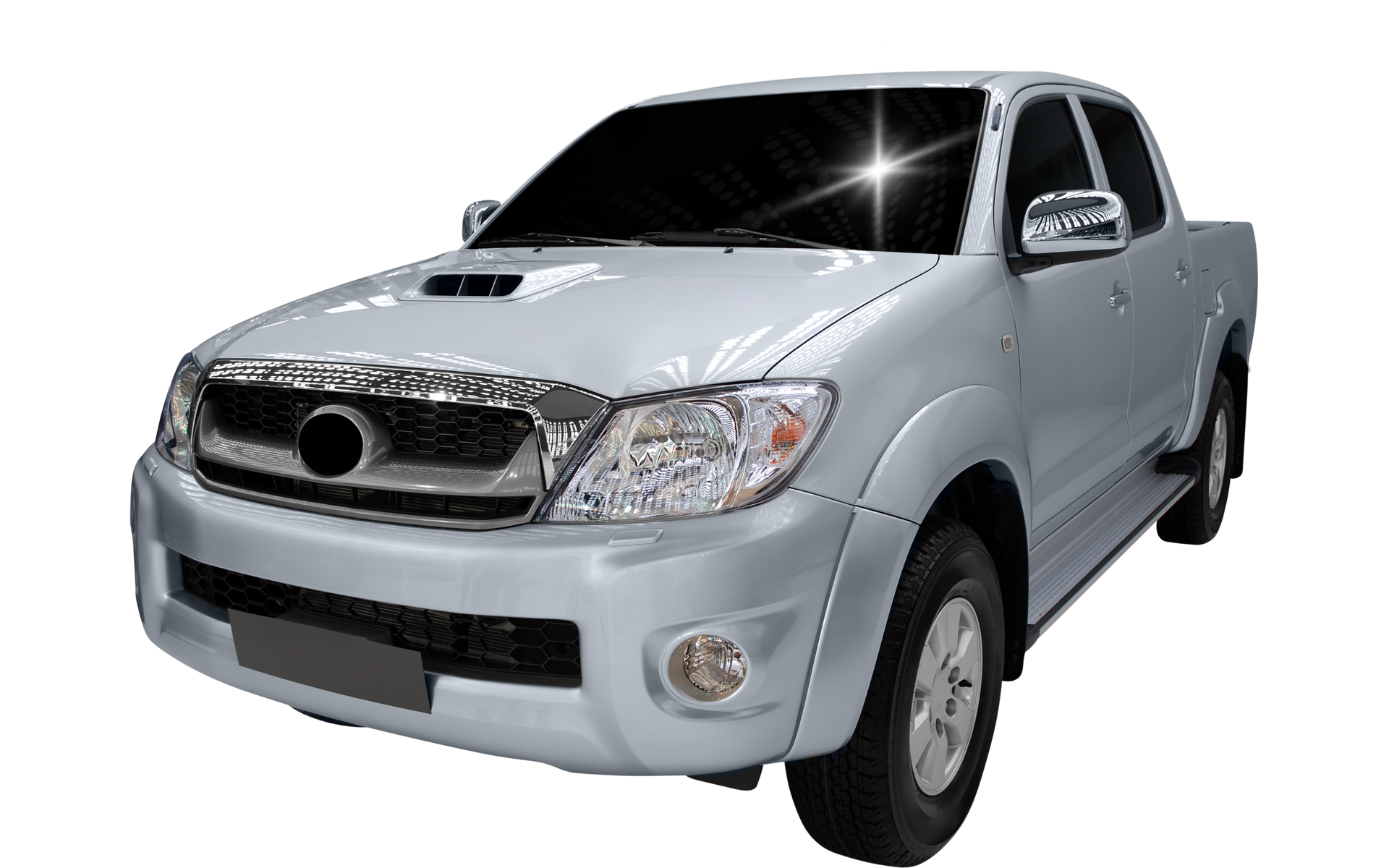Will a Windshield Chip Spread Into a Crack?
Windshield Rock Chips: What You Need to Know
Driving safely and maintaining the integrity of your vehicle’s windshield is crucial for both protection and cost-effectiveness. One common concern among car owners is whether a small windshield chip can develop into a larger crack over time. Understanding how chips and cracks form, as well as how they progress, can help you take the proper steps to protect your vehicle.
What Is a Windshield Chip?
A windshield chip is a small impact mark caused by debris, such as stones or gravel, hitting the glass at high speeds. These chips usually appear as tiny cracks or dings and are often located in the driver’s line of sight.
Common Types of Windshield Chips:
- Bullseye: Circular impact with a central point and radiating cracks.
- Star Break: Several cracks radiating from the impact point, resembling a star.
- Pepper Spot: Small, scattered chips with no significant cracks.
Can a Chip Spread Into a Crack?
The short answer is yes — but it depends. Several factors influence whether a chip will develop into a larger crack. Temperature fluctuations, driving conditions, the quality of glass, the size and depth of the chip, and the presence or absence of moisture all play a role, as the table below describes.

How Chips Turn Into Cracks
When a small chip is left untreated, several processes can lead to the development of a crack:
- Thermal Stress: Fluctuations between hot and cold conditions cause the glass to expand and contract, stressing the weakened area.
- Vibrations and Bumps: Driving on uneven roads or hitting potholes can cause the glass to vibrate, potentially worsening the damage.
- Moisture Infiltration: Water seeps into the chip, especially if the glass is cracked or broken, weakening the bond and encouraging crack propagation.
- Impact of Additional Debris: Future impacts or repeated stresses can cause the chip to expand.
Preventive Measures
To minimize the risk of a chip turning into a crack, consider these precautions:
- Get a Chip Repaired Quickly: Many minor chips can be fixed early before they spread.
- Avoid Sudden Temperature Changes: Park in the shade or a garage during extreme weather conditions.
- Drive Carefully Over Bumps: Slow down on rough roads to reduce stress.
- Use UV Windshield Protectants: Certain products can create a protective layer on the glass that reduces the heat inside the vehicle, lowering the risk of existing chips spreading.
When to Replace Your Windshield
While small chips can often be repaired, larger or multiple damages may require a full replacement. You should consider replacing your windshield if:
- The chip is larger than a quarter.
- The crack is longer than a dollar bill.
- The damage is directly in the driver’s line of sight.
- The damage is located at the edges of the windshield.
- Multiple chips are present in a small area.
A windshield chip can develop into a crack if left untreated, especially under certain conditions such as temperature fluctuations, vibrations, or exposure to moisture. Acting promptly by repairing minor chips can save you money and prevent potential safety hazards. Regular inspections and cautious driving habits are your best defenses against extensive windshield damage.
Stay proactive and protect your vehicle from unnecessary repairs. Remember, early intervention is key to maintaining the safety and longevity of your windshield.
Do You Have a Damaged Windshield in the Charlotte, NC Area?
If you find that your windshield is damaged in the Charlotte, Belmont, or Gastonia, NC areas, contact us at All Action Auto Glass. We’re a preferred partner with most insurance carriers, plus we offer claims assistance. Our technicians offer both in-shop and mobile services, giving you the flexibility to choose the option that best fits your needs and schedule.











